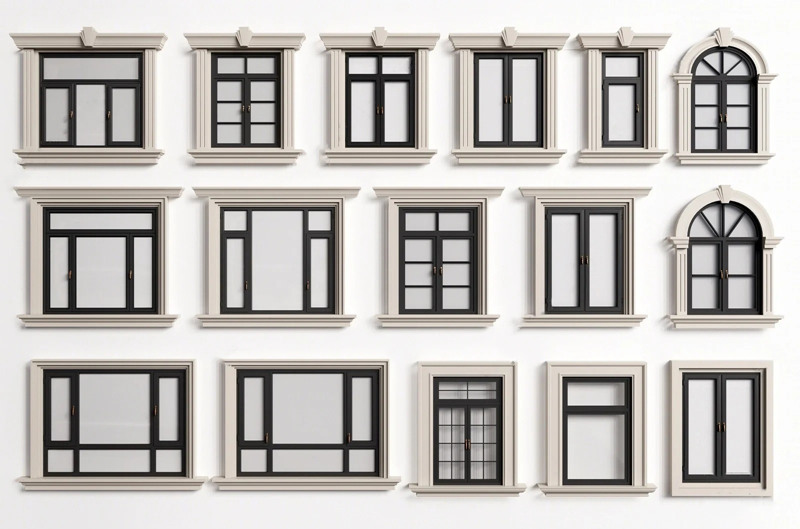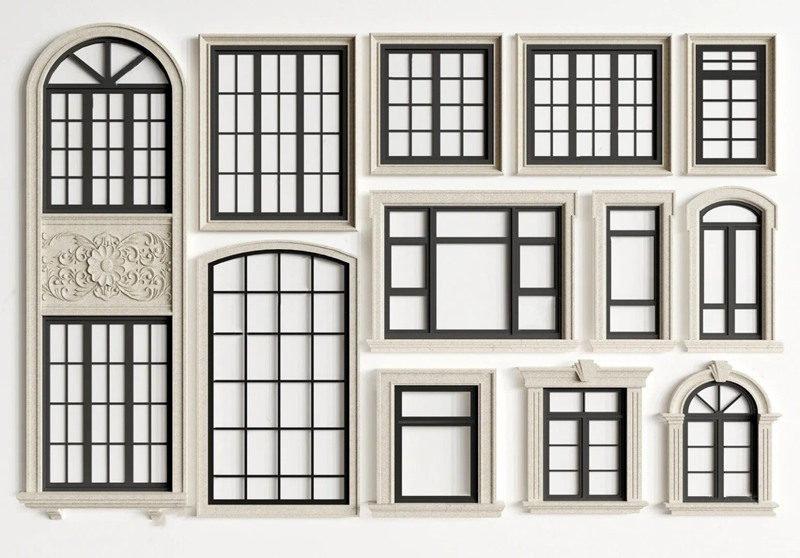As global construction trends pivot toward eco-conscious design, aluminum doors and windows are emerging as a cornerstone of modern architecture. Industry reports project the global aluminum fenestration market to grow by 5.8% annually through 2030, driven by urbanization, energy efficiency mandates, and rising demand for durable, low-maintenance building solutions.

Aluminum's unique properties—lightweight yet robust, corrosion-resistant, and infinitely recyclable—make it ideal for contemporary structures. "Aluminum systems now achieve thermal efficiency levels once exclusive to wood or PVC, while offering unmatched longevity," explains Marco Ferrara, a Milan-based architectural engineer. Advanced powder-coated finishes and customizable profiles further enable seamless integration with smart home technologies and avant-garde designs.
From Dubai's solar-responsive skyscrapers to Scandinavian passive houses, architects are leveraging aluminum's versatility to meet stringent energy codes. Recent innovations include hurricane-resistant coastal installations in Florida and triple-glazed Arctic-grade windows in Norway. Manufacturers now incorporate 75-80% recycled content in their European production lines, aligning with circular economy principles.

As 35 countries implement stricter building decarbonization policies, industry leaders anticipate aluminum fenestration becoming standard in both commercial towers and eco-residential projects. With its unique blend of sustainability and adaptability, this metal continues to reshape how humanity interfaces with the built environment—one weatherproof, energy-saving frame at a time.